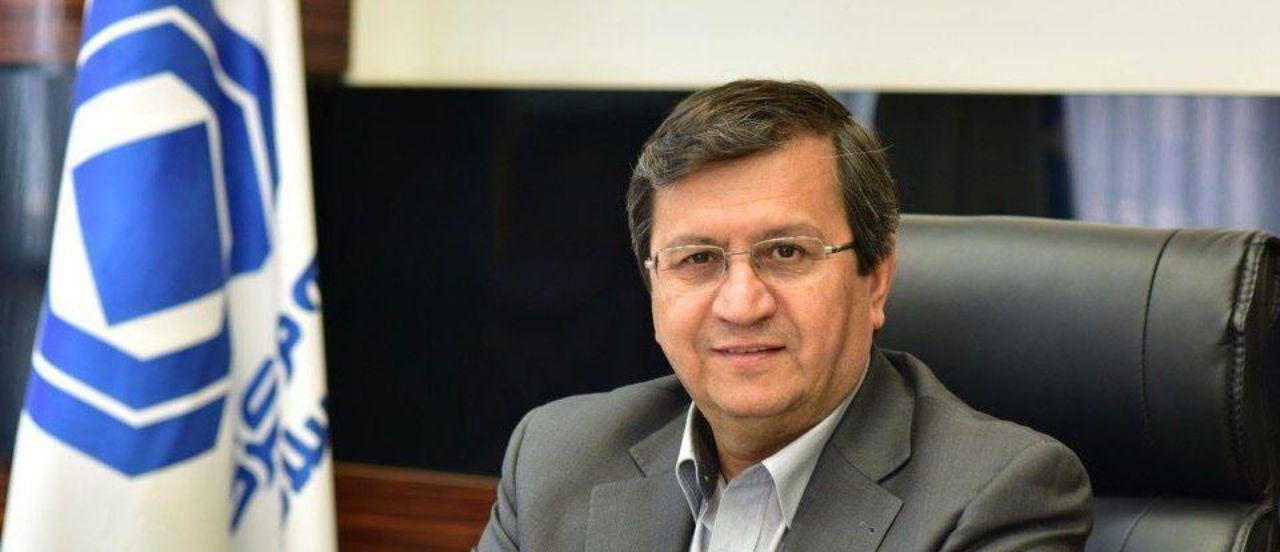Can Iran’s New Governor Stop Currency Crisis?
July 26, 2018 | Expert Insights

Iran’s Supreme Leader and President Hassan Rouhani has replaced the governor of the central bank as the faltering economy prepares for US sanctions.
The Iranian Rial has lost about a third of its value over the last year and is expected to depreciate further.
Background
Iran is home to one of the world's oldest continuous major civilizations, with historical and urban settlements dating back to 7000 BC. Iran is the descendant of a series of powerful empires, the most famous of which was the Persian Empire. Lasting roughly from the 500s BCE to the 600s CE the Persian Empire was one of the most powerful and culturally influential empires in Asia and the Middle East. The territory of Persia stretched from Persepolis and Isfahan into Egypt and Anatolia in the West and all the way out to India and the Himalayas in the East.
The rise of Muslims coincided with an unprecedented political, social, economic and military weakness in Persia. Although Persians adopted the religion of their conquerors, over the centuries they worked to protect and revive their distinctive language and culture, a process known as Persianization.
With the onset of colonisation of Asia and Africa, Iran was never colonised by any European power, but the discovery of oil eventually led to British officials exercising near autonomy over production and exports. The Pahlavi dynasty ruled from 1925 to 1979 during which land reforms, enfranchisement of women and nationalisation of refineries took place. However, reforms failed to improve the Iranian economy which fermented the rise of the Islamic Revolution wherein Ayatollah Khomeini converted the monarchy to a theocracy. Iran's rapidly modernising, capitalist economy was replaced by populist Islamic economic and cultural policies.
A relatively stable country in the tumultuous region of West Asia, Iran has supported the Assad administration in Syria and denounced the existence of the state of Israel. The country's location in Eurasia and Western Asia, and proximity to the Strait of Hormuz, give it geo-strategic importance.
Iran’s economy is highly dependent on oil exports, but lost billions in trade when UN imposed sanctions on their nuclear programme. The Trump administration withdrew from the Iran Deal in May 2018 which led to the imposition of secondary sanctions that target international banks conducting business with Iran’s oil sector.
Analysis
President Hassan Rohani named Abdolnasser Hemmati as governor of Iran’s central bank, replacing Valiollah Seif, on 25 July. Seif, who is currently under US sanctions for allegedly helping the Islamic Revolutionary Guard transfer funds to Lebanon's Hezbollah, was the governor since 2013. During his time at the state insurance company, Hemmati was credited with privatising the insurance sector.
“New changes in the cabinet are needed to handle the current economic crisis and US sanctions,” said the editor of an Iranian economic journal. “Mr Hemmati may not be the best person under the circumstances but he is 100 per cent better than his predecessor who was not a man for a crisis.”
Turbulent developments in Iranian foreign exchange and gold markets, and the government’s failure to manage runaway prices has compelled some economists to start using the term “bubble economy.” Asset prices, especially real estate and gold, are currently dominated by speculative investments over real demand in Iran.
The Rial has depreciated over 50% against the dollar since 2017. There are a number of reasons within the economy to explain the Rial’s downward spiral.
Firstly, inflationary effect as an externality of devaluation has not been contained. Secondly, the Central Bank of Iran (CBI) has failed on two counts: shortage of fund injections and necessary systems upgrade to match growing international trade to clear accounts. Thirdly, the ongoing ambiguity surrounding exchange rate policies, and the long-promised unification of the official and free market rates, continue to unsettle the market, which enters into panic mode whenever there are sudden fluctuations.
In August, the US will impose sanctions targeting trading in cars, gold and other metals. In November, it will introduce sanctions designed to curb oil exports, the country’s economic lifeline, and transactions with the central bank.
Rouhani received a lot of criticism in Iran for signing the nuclear deal, despite the fact that the deal did help double oil exports that helped drag them out of a deep recession and bring inflation down from a high of more than 40%. However, ordinary Iranians are having trouble making ends meet amid high unemployment, inflation and perceived graft.
Currently, $1 is worth 43,776 rials officially and more than double that in black-market trading.
Counterpoint
Unlicensed lenders with high interest rates have wiped out the savings of millions of depositors. Replacing the governor of the central bank is expected to achieve little as flaws within Iran’s monetary and fiscal policies, particularly regarding the dual exchange rate, will stall growth.
Assessment
Our assessment is that the new governor can be expected to better manage Iran’s limited access to hard currency in offshore banks and prioritise the import of basic commodities. We believe the move to replace the governor is part of a larger plan to reshuffle the government’s existing economic team and cabinet. We feel Iran requires an immediate overhaul of their monetary policy in order to curb the growth of non-financial assets.








Comments